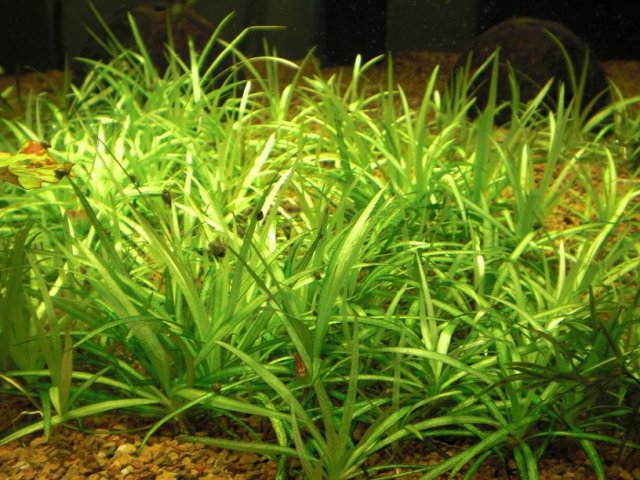I'm home and opened the book to page #35 to quote the $5 words.
Allelopathic behavior has been reported in 97 species of aquatic plants. Allelochemicals primary function is to protect the plant. Included in two studies were common aquarium plants Cabomba, Hornwort and Vallisneria.
Allelochemicals isolated from aquatic plants have been shown to inhibit a variety of organisms.

mg:
In a closed environment such as the aquarium where allelochemicals could accumulate, allelopathic effects are further increased.
:jaw:
Ecology of the Planted Aquarium
A Practical Manual and Scientific Treatise for the Home Aquaruarist.
By Diana Walstad
Sorry folks I'm out of $5.00 bills so I'm out of words.
Had the book for 3 months and find theres way more than NPK, CO2 and light to play with.




